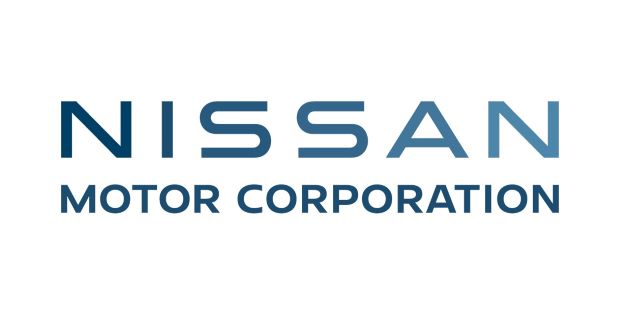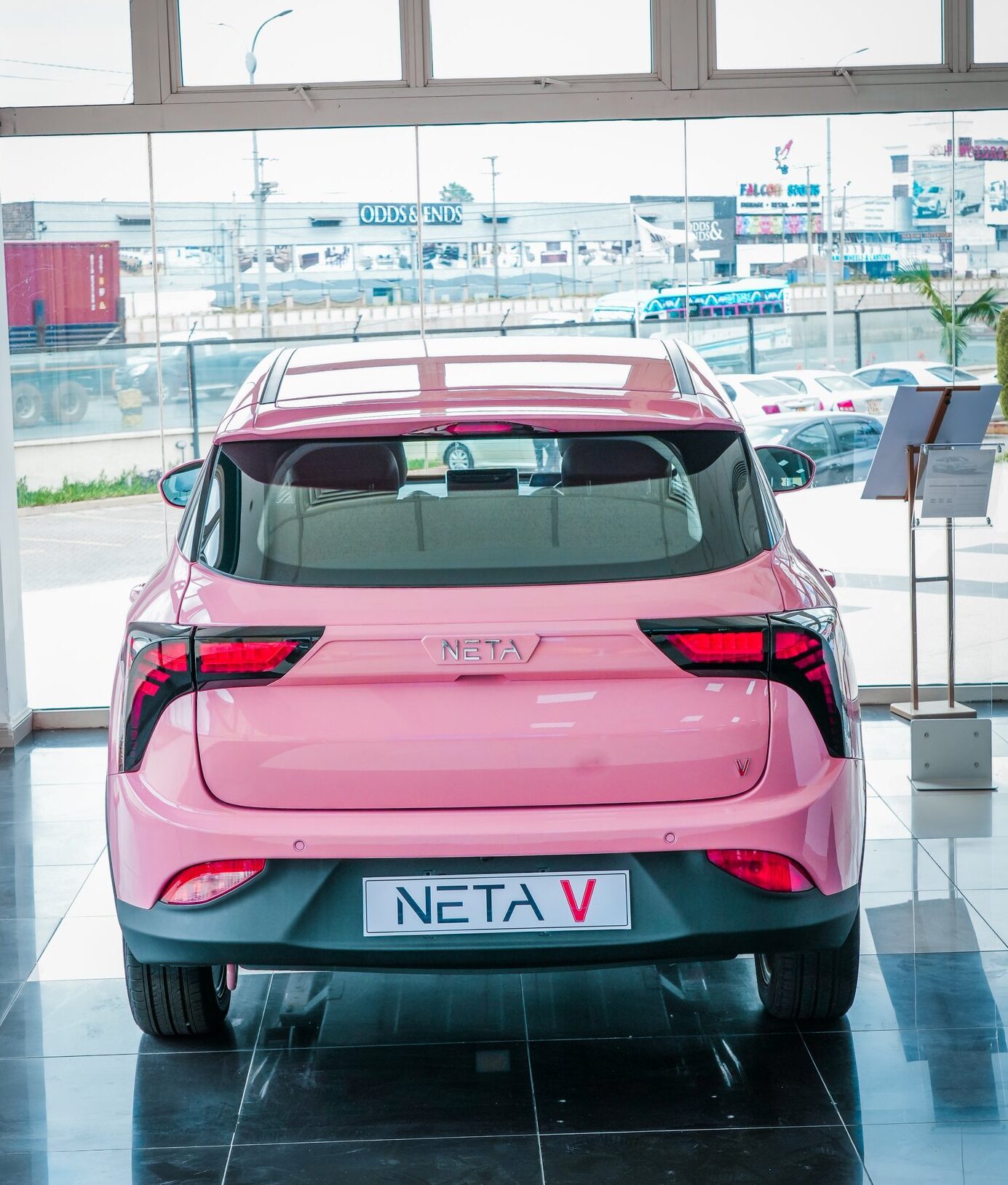Hexagon Drill Assist increases equipment lifespan, enhances drill operator performance and improves blasting outcomes.
In the mining cycle, drill and blast (D&B) is arguably the most important step to get right.
D&B operations impact the entire mining process, from equipment efficiency, through crushing and grinding circuit performance to recoveries and final product quality. Efforts targeted at optimising the blasting process can pay huge dividends downstream, reducing costs and energy consumption.
Hexagon’s holistic approach to D&B incorporates solutions to improve yield, fragmentation and dilution.
The newest addition to this solutions suite is Hexagon Drill Assist, an automated drilling application designed to boost productivity, lower training requirements, reduce technology maintenance needs, and provide added value through data generated during the drilling process.
Drill Assist functions as an automation layer above the original equipment manufacturer (OEM) control system. It uses OEM rig sensors to manage drilling processes and collect data. The drill algorithm uses artificial intelligence (AI) and eliminates the need for manually entered parameters, which dramatically reduces manual management of a rig.
The solution is now available for rotary and down-the-hole (DTH) hammer drilling as well as multi-pass applications.
“While the AI algorithms have not changed, additional functionality, including the ability to hammer drill and track multi-pass hole depth, have been implemented,” Hexagon senior product manager Curtis Stacy said.
“The multi-pass system requires no additional sensors to track the rod length down the hole. The rod add and remove functions are still performed by operators.”
Drill Assist can be installed within a work week and training is just as fast.
“We successfully trained an operator by text message during a night shift at a North American iron ore mine,” Stacy said. “It’s that simple to use.”
It’s also simple to disengage and can be turned off at the push of a button, yielding control back to the operator.
Drill Assist still does not affect the OEM control systems. The drill remains as purchased, with no additional technician training and minimal additional maintenance.
The automated drilling application was developed and trialled at a US copper mine before launching globally. It was recently deployed to an iron ore project in South America, where it delivered exemplary benefits.
“The miner was struggling with hole quality issues, primarily drill to depth,” Stacy said.
“This resulted in a significant amount of re-work prior to blasting. The AI-based hole-quality algorithms, along with high-precision machine guidance, eliminated the driller-induced errors and reduced the amount of re-work required to only those holes that were impacted by adverse environmental conditions.
“The initial productivity results achieved in the copper mining development phase of greater than 30 per cent higher effective rates of penetration have been repeated in iron ore mining on electric drills, and preliminary data on DTH hammer drilling indicates similar results.”
Stacy pointed to Drill Assist’s “massive” downstream benefits for lower emissions and cost savings.
“A mine site is evaluating the potential of parking one of four drills, which will cut drilling costs by an additional 25 per cent, based on the increased performance,” Stacy said.
“The ability to train an operator in 15 minutes and instantly increase their productivity and quality of drilled holes can transform an entire workforce into expert drillers in a matter of days, not years.”
Drill Assist could be developed to enhance its role in blast planning and autonomous drilling.
“Use of our measurement-while-drilling (MWD) data for custom blast loading is in testing,” Stacy said.
“Using the MWD data to improve blasting and fragmentation can potentially reduce energy consumption per tonne mined.”
Autonomous rig applications will be the next big step.
“We will integrate our products for safety, mission control, and world-perception to create the most advanced and, perhaps more importantly, simple automation solution ever deployed,” Stacy said.
“We are working towards autonomously determining pattern navigation, where users can load a pattern and our automation will determine the most efficient method to drill that pattern. With users having minimal interaction with the rig, it will be truly autonomous.”
This feature appeared in the July 2025 issue of Australian Mining.




